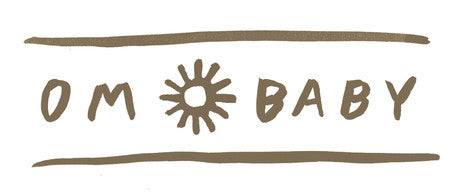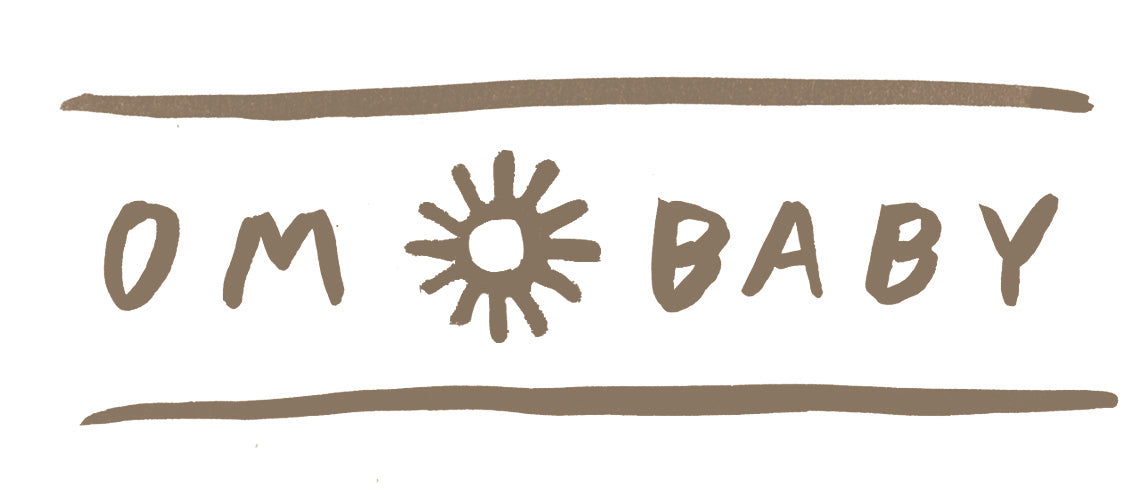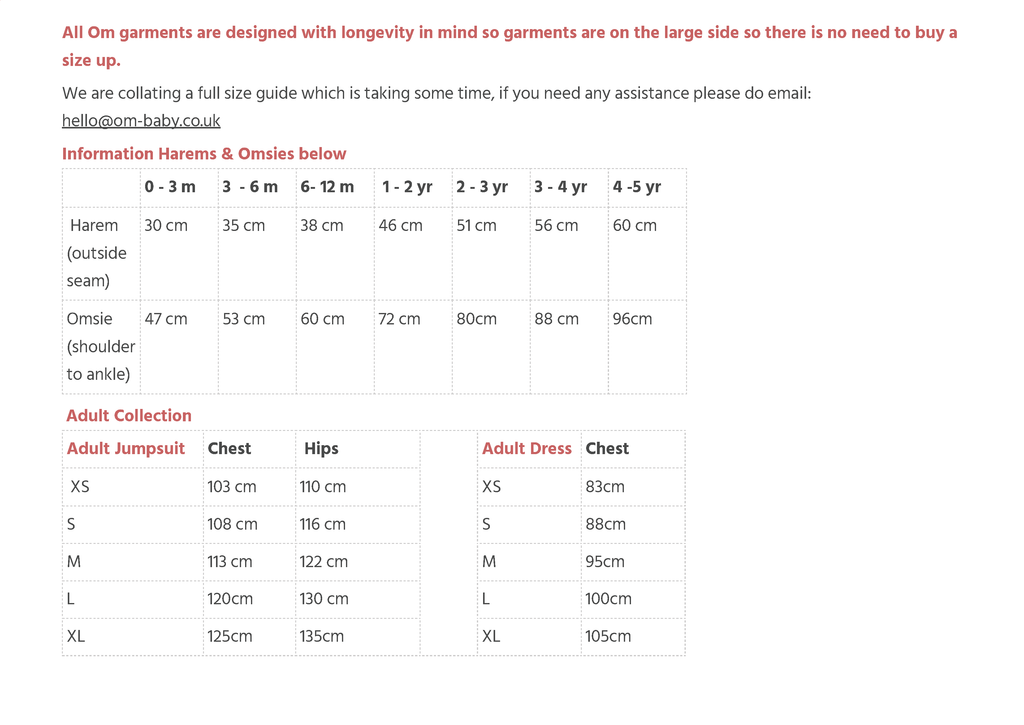Rajshree and Ashok, Studio Bagru
We work with tailors in India to offer small runs of our adult clothing, created with comfort and space in mind. I collaborate with our incredible tailor Ashok, through Rajshree at Studio Bagru, who is our ‘middle woman’ acting as translator, production manager, creative ear, and accountant all in one! I spoke to Ashok and Rajshree about their experience and the tailoring process, to give you an insight into how your clothes are made.
Rajshree

When and how did you get involved with Studio Bagru?
I had been following their work on instagram since they started and really appreciated the work that they were doing with the artist community of Bagru. When they put out a vacancy for a Studio Manager in 2018, I jumped at the opportunity and was fortunate to be able to work and learn with them.
Please talk me through your role in the tailoring process.
I am the communication link between the clients and the tailor. I understand the customers’ requirements and help the tailor understand what is needed exactly and help with keeping delivery schedules.
India has a deep heritage in incredible fashion and tailoring. What do you think it is about the people, the place and the culture, that makes it so special?
We have always been a colourful place which loves to dress up both for special occasions and every-day life. The diversity in people, festivals and heritages within the country has helped us to develop a unique history in fashion and textiles.
What would be your advice for women wanting to enter the fashion and tailoring world?
To take that first step, whether it is to enrol on a course, apply for an internship or ask for a job. Women in India have traditionally been wary and shy and I think taking that first step towards doing what you want is the most important one.
Slow and hand-made is key to the block-print fashion process. Do you feel there is a demand for this in our fast-paced society?
With the change in sensibilities and a growing concern for the environment, I believe the world is beginning to recognise the importance of slow and conscious production and consumption. There will always be a small percentage of people who will ignore the signs of the times, but the majority of the world is or will soon be embracing and appreciating the sustainability and beauty of slow fashion.
As International Women’s Day was this month, do you have any women role models you would like to mention?
I am a great fan of the Prime Minister of New Zealand, Jacinda Ardern. She is empathetic and relatable, and I really admire her work with the minorities and women of NZ and her absolute boss-lady management of work and family.

Ashok

How long have you been a tailor and how did you get into it?
I have been a tailor for 19 years now. I started interning with my uncle when I was in the 10th grade and I learned a lot from him.
Can you tell me about the tailoring team and how your day looks?
I have 10 full time tailors who work on all the orders and two helpers who help with day-to-day activities. The shop opens at 8:30am and the staff begin their day’s work. I am here 30 minutes early to organise everything and decide on everyone’s tasks. I make the first sample of every order myself by hand; that is my favourite part. We take an hour-long break for lunch every day and finish work by 5:30 in the evening. After the staff have left, I go over the day’s work once again and make sure everything is packed and stored carefully. I leave the studio by 8pm.
Do you train people in tailoring?
Yes, we always have at least five under trainees with us.
Our customers love to know who made their clothes and that people are paid fairly for their work.
I feel really happy that people recognise my work and want to meet me and see where their products are being made. I feel grateful that my part in the process is recognised and appreciated. It motivates me to do better work every day.
As International Women’s Day was this month, what would be your advice for women wanting to enter the tailoring world?
Since the last five years, my studio is entirely with women employees. Some of them have financial difficulties, or an unstable home environment, and I feel happy to help them stand on their feet. My suggestion for the women who want to enter this field is to find a local studio and join them as trainees. They should start learning from the smallest task and practise till they are perfect.

Find out more about Studio Bagru at https://www.studiobagru.com/
All Photos by Rajshree Puri







